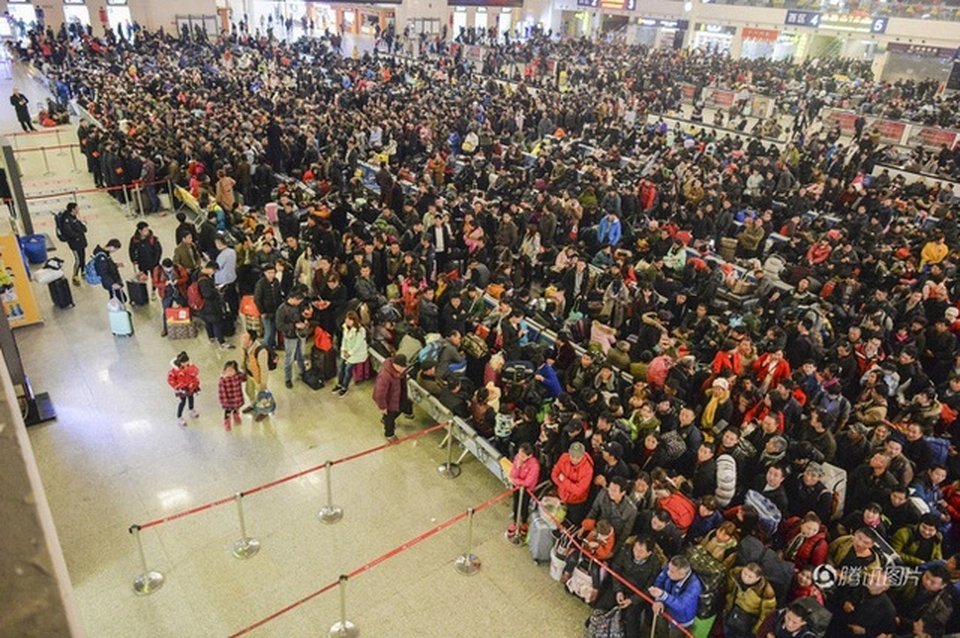(Dan Tri) – Experts say that the aging and plummeting population seems to become China’s biggest `obstacle` on its future growth path.
(Illustration photo: Xinhua News Agency)
According to National Interest, although the one-child policy ended in 2015 and China is making efforts to reverse the consequences of this, experts say it may now be too late to stop it.
According to Xinhua News Agency, by the end of 2018, China’s population was 1.39 billion people.
If the birth rate continues to not increase, China’s population could continue to decline to 1.17 billion people by 2065, according to the Chinese Academy of Social Sciences.
`In theory, long-term population decline, especially coupled with increased aging, creates worrying social and economic consequences,` the agency’s report said.
Since its implementation in 1979, the one-child policy has been effective in controlling the population explosion in China, reducing the ratio of 2.9 children/family (1979) to 1.
In 2016, the policy was changed to two children, but birth rates continued to decline.
China’s birth rate is now down to 1.6 children per woman, below the `replacement` level of 2.1.
One of the other consequences of the one-child policy is the shortage of women.
The situation gets even worse when a study shows that the number of Chinese women aged 24-31 is expected to decrease by 40% between 2015-2025.
From 2013 until now, the number of marriage registrations has decreased each year while the number of divorces has increased significantly over the same period.
In addition, the cost of raising children, real estate prices, education, and child care are becoming a burden for young people, making many people not interested in marriage.
Consequences

Chinese people return home to celebrate Tet – one of the world’s largest migrations that takes place every year (Photo: Xinhua News Agency)
Mr. Yi Fuxian, Beijing University economics expert, said that the decline in the labor force is one of the first negative consequences for the world’s second largest economy.
The number of people of working age (15-64 years old) decreased for 4 consecutive years after peaking in 2013. Therefore, the dependent population ratio in China (the ratio of non-working people such as children and adults
The number of elderly people in China could reach 400 million by the end of 2035, up from 240 million last year, according to government projections.
Additionally, the social insurance, pension and health care systems in China are quite limited.
In developed countries, the number of people over 60 years old normally accounts for 24% of the population from 1950-2015 while the average income per capita is 41,000 USD.
In recent times, Chinese policymakers have made many efforts to prevent population decline from occurring.
In addition, China also plans to increase the retirement age so that the number of people in the working age group is higher.
Benefiting from a crowded demographic and many people of working age, the reality shows that China’s model of thoroughly exploiting cheap labor is no longer fashionable.
Research by American company JPMorgan warns that China’s growth rate will continue to decline in the next few years, making their ambition to surpass the US to reach the No. 1 economic position difficult.
In addition, the populations of the US, India, and Indonesia are continuing to grow at least until 2060. India is even expected to surpass China in population by 2027.
National Interest said that if demography is the fate of a country, then China is facing the biggest obstacle in decades without finding a right solution.
Lord Emperor
According to National Interest
